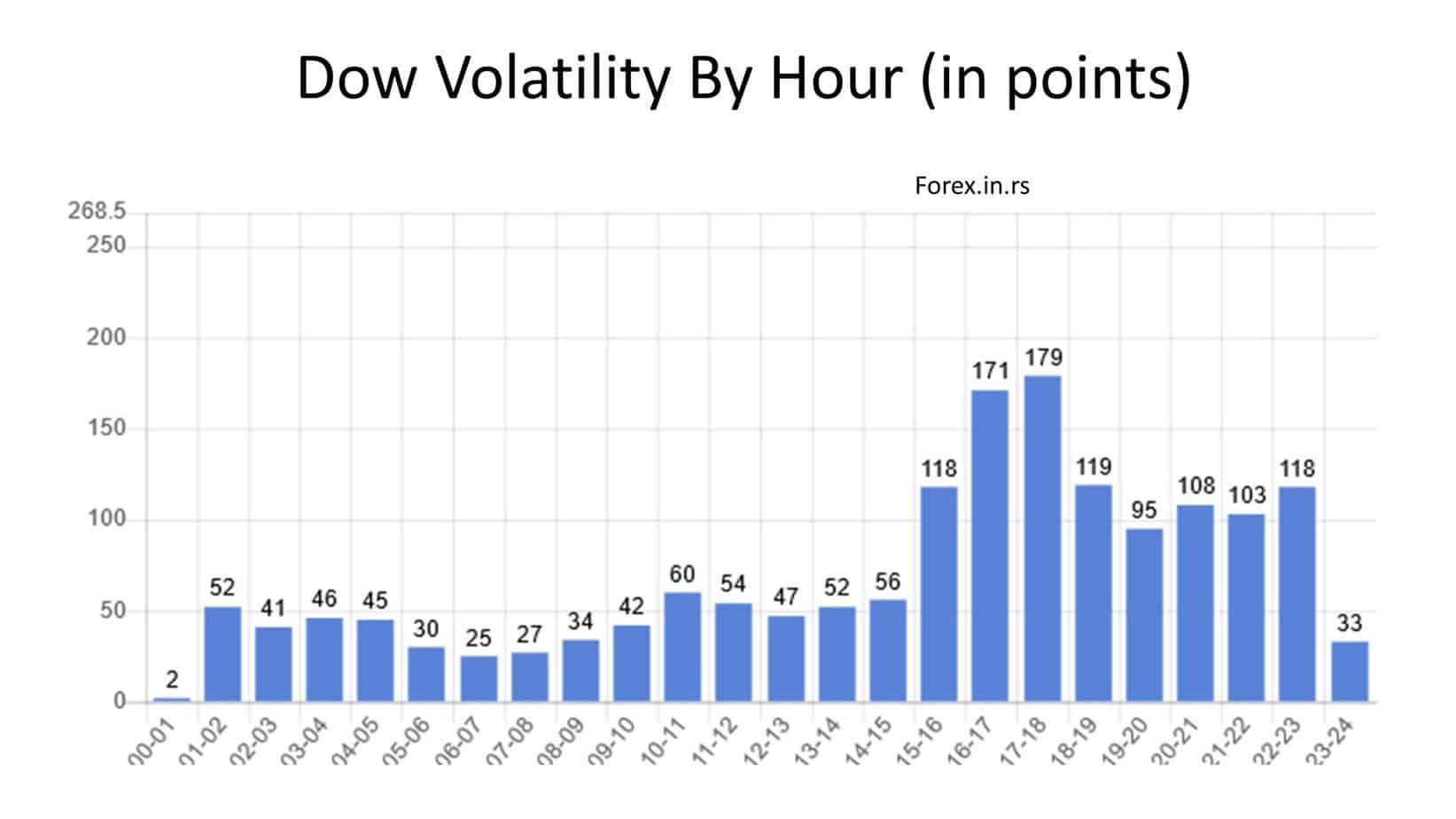Table of Contents
The price of a security, such as a stock or currency, fluctuates daily due to various factors, including political events, economic news, demand and supply dynamics, and market sentiment. While these factors drive natural market movements, there are instances where large dealers and traders may attempt to manipulate prices for profit. Regulatory bodies and exchanges often impose trading limits to mitigate such manipulation and curb volatility. These limits are particularly relevant in the foreign exchange (forex) market, where central banks play a crucial role in setting and enforcing these limits.

Forex daily trading limit is the maximum amount, either up or down, that exchange-traded security (currency pair) can fluctuate in one trading session.
What are Daily Trading Limits?
Daily trading limits refer to the maximum allowable movement in the price of a security or currency within a single trading day. Once the price reaches this limit, trading can continue, but the price cannot move beyond the set threshold until the next trading day. These limits can result in what is known as a “locked market,” where the price remains fixed at the limit despite ongoing trading activity.
In the forex market, these limits are often specified by the central bank of the respective country. For instance, if the central bank sets a limit on the exchange rate movement for its currency, the currency cannot appreciate or depreciate beyond this limit in one day.
Locked Market, Limit Up, and Limit Down
When the market reaches the upper price limit, it is referred to as “limit up,” while reaching the lower price limit is termed “limit down.” A market where trading continues but the price is fixed at the limit is known as a “locked market.” At the end of each trading day, new limits are set based on the closing prices, allowing for adjustments in price movement in the subsequent trading session.
Role of Central Banks
Central banks, such as the Federal Reserve in the United States, play a pivotal role in managing their country’s currency exchange rates. The exchange rate significantly impacts a nation’s economy, influencing the cost of exports and imports. Central banks maintain currency reserves to stabilize their currency’s value. Buying or selling currencies can influence the exchange rate to remain within desired limits.
However, while reducing volatility and manipulation, this intervention can lead to an overvaluation or undervaluation of the currency. Imposing daily trading limits can result in the currency not reflecting its actual market value, making it a mispriced asset.
Reasons for Imposing Limits
- Volatility Reduction: Limits help to moderate extreme volatility caused by unexpected political or economic events. This ensures that the exchange rate remains stable, which is crucial for economic stability.
- Market Manipulation Prevention: Limits prevent large market participants from manipulating prices for their gain.
- Economic Stability: Stable exchange rates ensure predictable business transactions, particularly in international trade.
Disadvantages of Trading Limits
While trading limits have their benefits, some market analysts argue against them. Critics believe that:
- Market Efficiency: Limits disrupt a free market’s natural price discovery process, where supply and demand should determine prices.
- Manipulation Risks: Some traders may exploit the restrictions to manipulate the market subtly.
- Mispricing: Limits can lead to securities or currencies being mispriced, not reflecting their actual value.
Conclusion
Daily trading limits are a significant aspect of forex and securities markets. These limits, set by regulatory bodies and central banks, aim to reduce volatility and prevent market manipulation. Forex traders must be aware of these limits to make informed decisions and effectively manage trading risks. While the limits contribute to market stability, they also bring challenges, including potential mispricing and manipulation. Balancing these factors is crucial for maintaining a fair and efficient market.
























